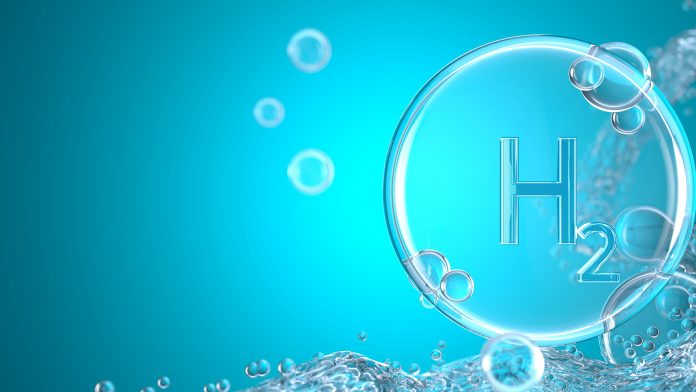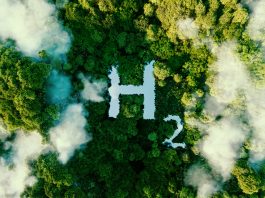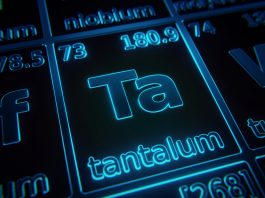Researchers from the University of Tsukuba have used common metals in the hydrogen production process. They were used under severe oxidation and high voltage, which may lower the cost and increase the sustainability of this up-and-coming fuel.
Hydrogen is a promising sustainable fuel, especially if produced from water. However, the necessary noble metal catalysts needed for hydrogen production are rare, expensive, and have insufficient reserves.
Now, a study published in Advanced Materials details how the researchers have developed catalysts that can overcome the limitations of noble metals.
Alternative solutions to noble metals
Hydrogen is a high-energy molecule that can be a renewable future fuel, as burning it only produces water. However, most hydrogen production processes are currently sourced from fossil fuel combustion.
Hydrogen produced from water would be much more environmentally sustainable, but the metal catalysts required to make this work – such as platinum and iridium – are scarce, costly, and don’t perform as well as needed in the harsh and acidic conditions that increase the energy efficiency.
Therefore, the team looked into which metal could work as an alternative in hydrogen production. Surprisingly, they found that using numerous common metals, all at once, worked.
How does the process work?
The researchers used high-entropy alloys, which are mixtures consisting of many elements. Whereas some of these alloys can be used to generate large quantities of hydrogen, others undergo a process called oxidation, that imparts some corrosion resistance ability to the alloys.
Professor Yoshikazu Ito, from the University of Tsukuba, explained: “It’s apparent that identifying which metals to use in which proportions by conventional bottom-up experiments (changing and adding one metal at a time) is quite time-consuming.
“Our top-down approach not only saves time but also provides invaluable chemical insights into the hydrogen production mechanism.”
Their approach involves first uniformly mixing the nine elements that constitute the alloy, then passivating the surface in acidic media, and finally applying a voltage to facilitate surface structure rearrangements that optimise the activity of the catalyst.
Experiments and theoretical calculations identified the metals that contributed to catalytic activity were iron, chromium, nickel, cobalt, and manganese, and the metals that contributed to passivation were titanium, zirconium, niobium, and molybdenum.
The high-entropy alloys’ remarkable performance and corrosion resistance were demonstrated in practical water electrolysis experiments. The researchers’ study offers novel possibilities and new perspectives toward replacing extremely scarce noble metals in hydrogen production, particularly iridium which has a worldwide production rate of only seven tonnes per year. With a surge in the use of water electrolysers globally, the demand for iridium is expected to be 700kg per gigawatt.
“In the experimentally challenging conditions of 0.5 molar sulfuric acid electrolyte, it was necessary to sacrifice some stability to maximise the activity, and vice versa,” stated Aimi Tajuddin, a leading author of the paper.
Tajuddin continued: “The catalyst exhibited an overvoltage of only hundreds of millivolts at ten milliamps per square meter in the hydrogen and oxygen evolution reactions. Furthermore, its remarkable performance remained steady during electrochemical cycling tests, equivalent to three or four years of endurance in water electrolysers operated by intermittent renewable energy sources such as solar power.”
This work succeeded in providing a proof-of-concept for a novel, noble-metal-free, economically feasible hydrogen production method from water by using renewable energy.
The method is cost-effective, amounting to only a few hundred US dollars/kg of catalyst and is suitable for mass-production. The application of high-entropy alloys will allow for the production of hydrogen, batteries, and other products that would otherwise require expensive metals.









